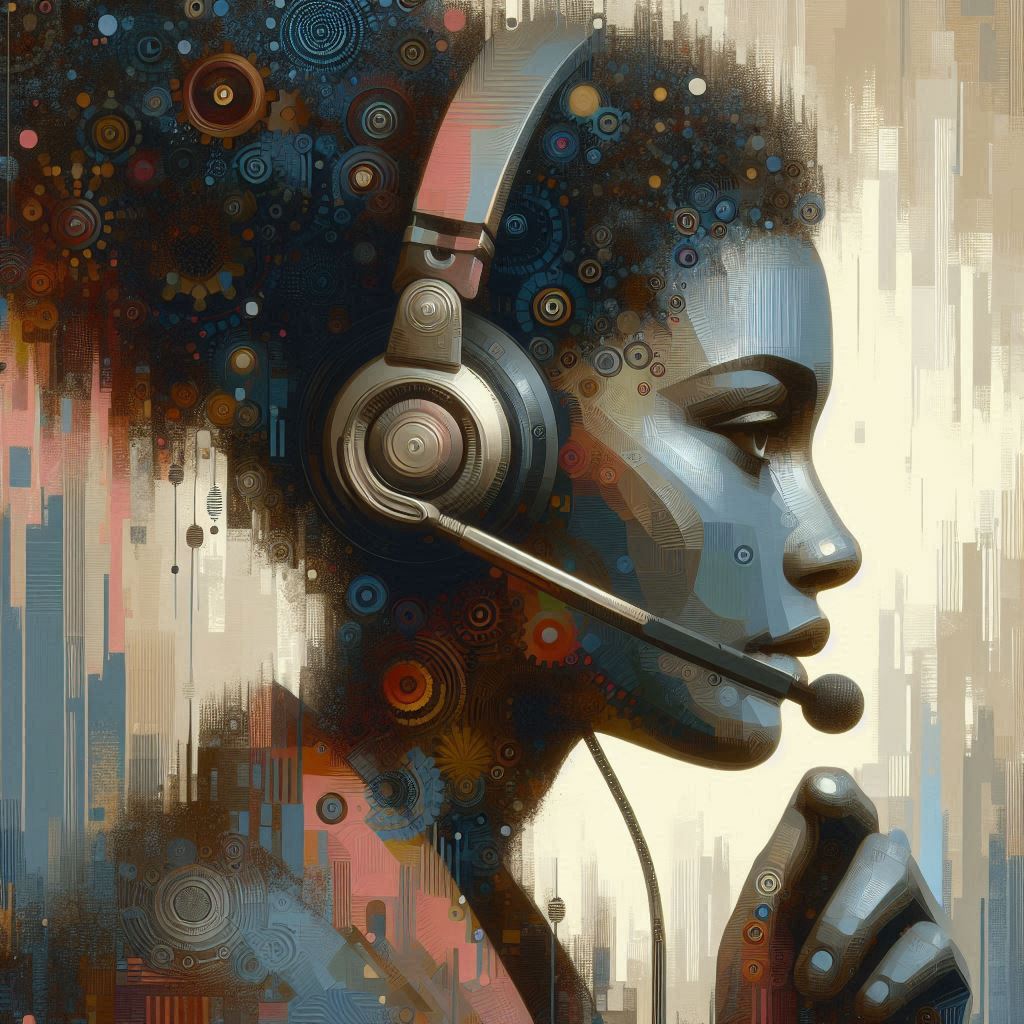 AI
AI
 AI
AI
 AI
AI
Salesforce Inc. today announced the pilot launch of Einstein Service Agent, the company’s first fully autonomous artificial intelligence agent that it says can handle and resolve customer service issues just like a human worker.
Many modern chatbots that assist with customer service issues can only handle specific queries and tasks programmed into their system and don’t understand context. Instead, they’re often programmed to handle a branching set of scenarios and cannot understand anything outside those, making for poor customer interaction.
“This is a complete evolution of a traditional chatbot experience into a conversational autonomous agent grounded in large language models,” Ryan Nichols, chief product officer of Service Cloud at Salesforce, told SiliconANGLE in an interview.
Although 61% people of people polled by Salesforce said it’s their preference to talk to a chatbot about simple issues, 81% said that if they had a complex problem such as a return or an exchange, they’d prefer to wait for a human. Nichols said that highlights a problem with traditional systems in that they just can’t keep up with a customer needs.
The new customer service agent is built on the same “brain” as Salesforce’s Einstein Copilot, the company’s generative AI assistant. It is a customizable AI conversational assistant that integrates with every application within the company and can execute actions automatically and behave like an AI teammate – one of its most important capabilities is its ability to take actions on behalf of users.
As a conversational generative AI app, the Einstein Service Agent can be accessed through self-service portals and messaging channels, such as WhatsApp, Apple Messages, Facebook Messenger and SMS. So customers of an electronics manufacturing company could open up the service agent on their phone for technical support for their microwave, which is showing an error. Einstein can understand images, so the customer can send an image of the error code, and determine that a replacement can be justified by looking at customer records. Similarly, the agent could also take the opportunity to upsell the customer on a different unit with more features.
Once customers select the unit they want as a replacement, the service agent can complete the entire process automatically without the need for interaction with a human worker. It can get records for customers’ shipping addresses from internal records, verify that a replacement or exchange is valid ,and complete the entire process.
All of this is possible because the underlying large language models can understand not just the context of the conversation and customer needs, but can also connect to the company’s internal records. Nichols explained that internal guardrails as part of the Trust Layer would make certain that it would always stay on brand and remain grounded in the company’s knowledge as well.
If the agent determines that the situation is too complex for it to handle, or the customer asks, it can always hand off the conversation directly to a human co-worker. Ordinarily, this includes a huge transcript of the previous conversation and the pertinent details about the service ticket for the customer service agent, but the AI assistance doesn’t stop there.
“We generate a summary of the conversation,” Nichols said. “It’s called conversation catch-up. It’s a quick way to just get up to speed on what’s transpired and then also generate a suggested first response.” Grounding the suggested first reply in the previous conversation and providing a summary puts the human agent in a better position to get going, he explained.
Since the AI has the context of the conversation, it can also make helpful suggestions for the human agent. For example, if the recommended exchange period is 30 days and the customer is at 32 days, but the agent notes that the customer has been with the company for a long time, it might suggest making the exchange in spite of the policy.
Nichols said that one of the customers in the pilot replaced a traditional chatbot with 248 machine-learning models with the Einstein Service Agent. The agent’s backend itself only required three different roles, or human-readable service topics, such as “you are a helpful service agent who provides order management, cancellation management and exchange management.” None of its configuration requires machine learning expertise and the LLM configuration and deployment are handled by Salesforce.
“It just makes it available to a much broader set of customers,” said Nichols.
The new autonomous customer service agent is currently in pilot and Salesforce plans to launch it into general availability globally later this year.
Support our mission to keep content open and free by engaging with theCUBE community. Join theCUBE’s Alumni Trust Network, where technology leaders connect, share intelligence and create opportunities.
Founded by tech visionaries John Furrier and Dave Vellante, SiliconANGLE Media has built a dynamic ecosystem of industry-leading digital media brands that reach 15+ million elite tech professionals. Our new proprietary theCUBE AI Video Cloud is breaking ground in audience interaction, leveraging theCUBEai.com neural network to help technology companies make data-driven decisions and stay at the forefront of industry conversations.